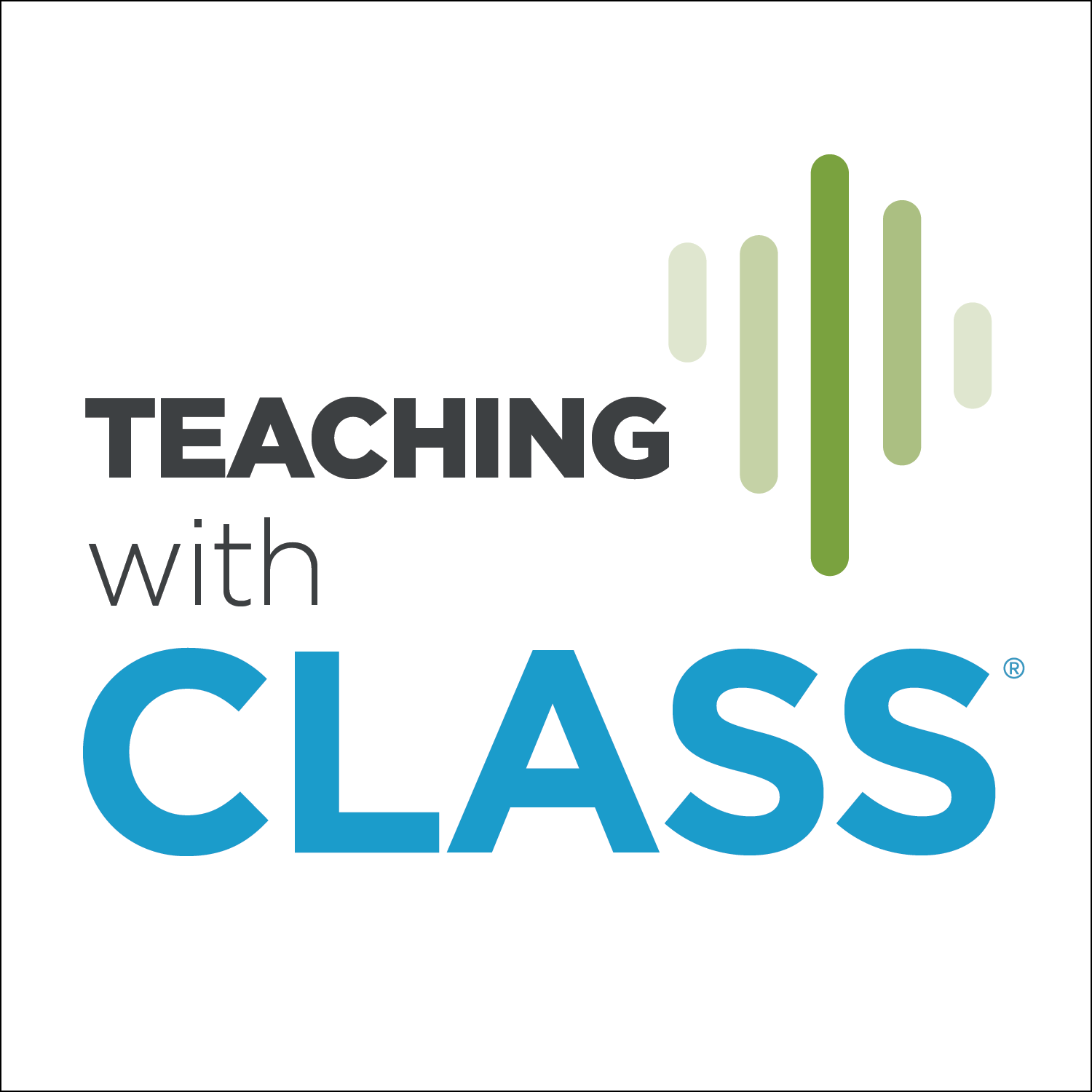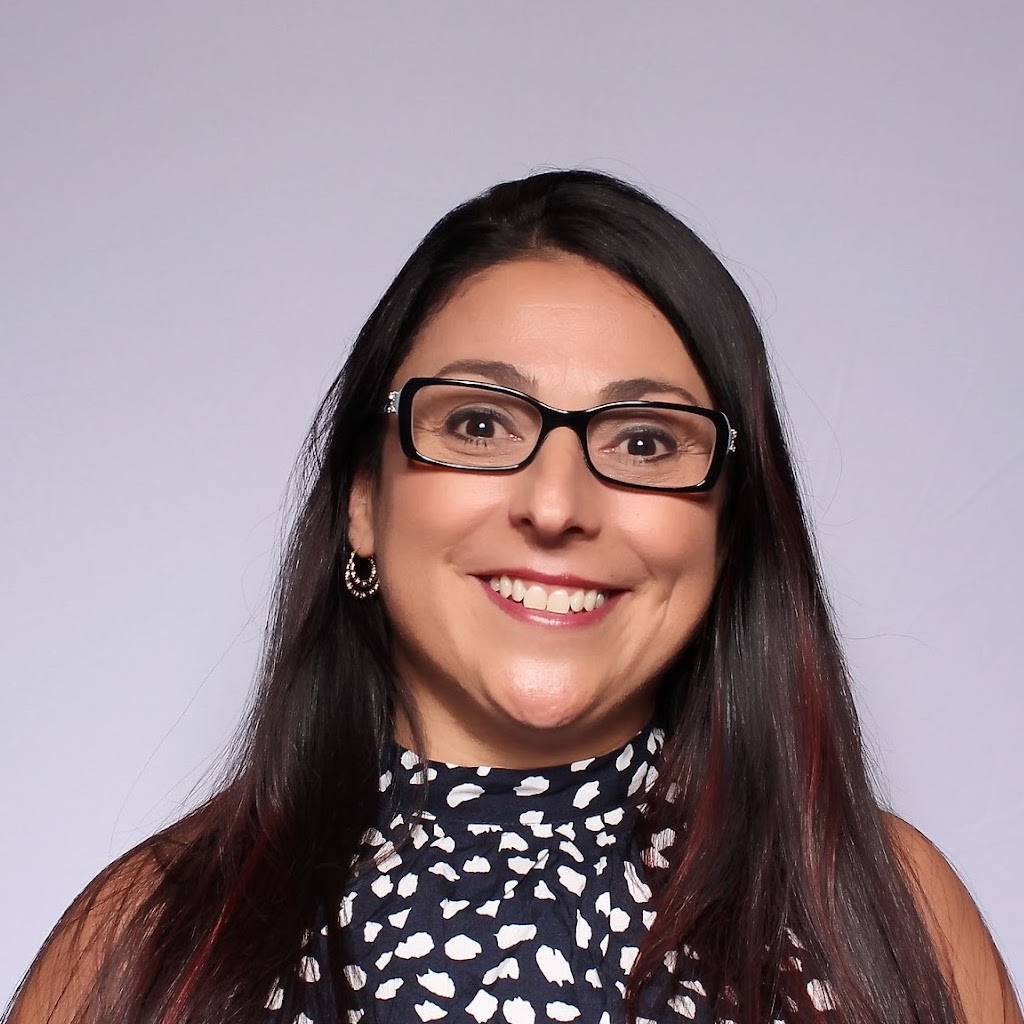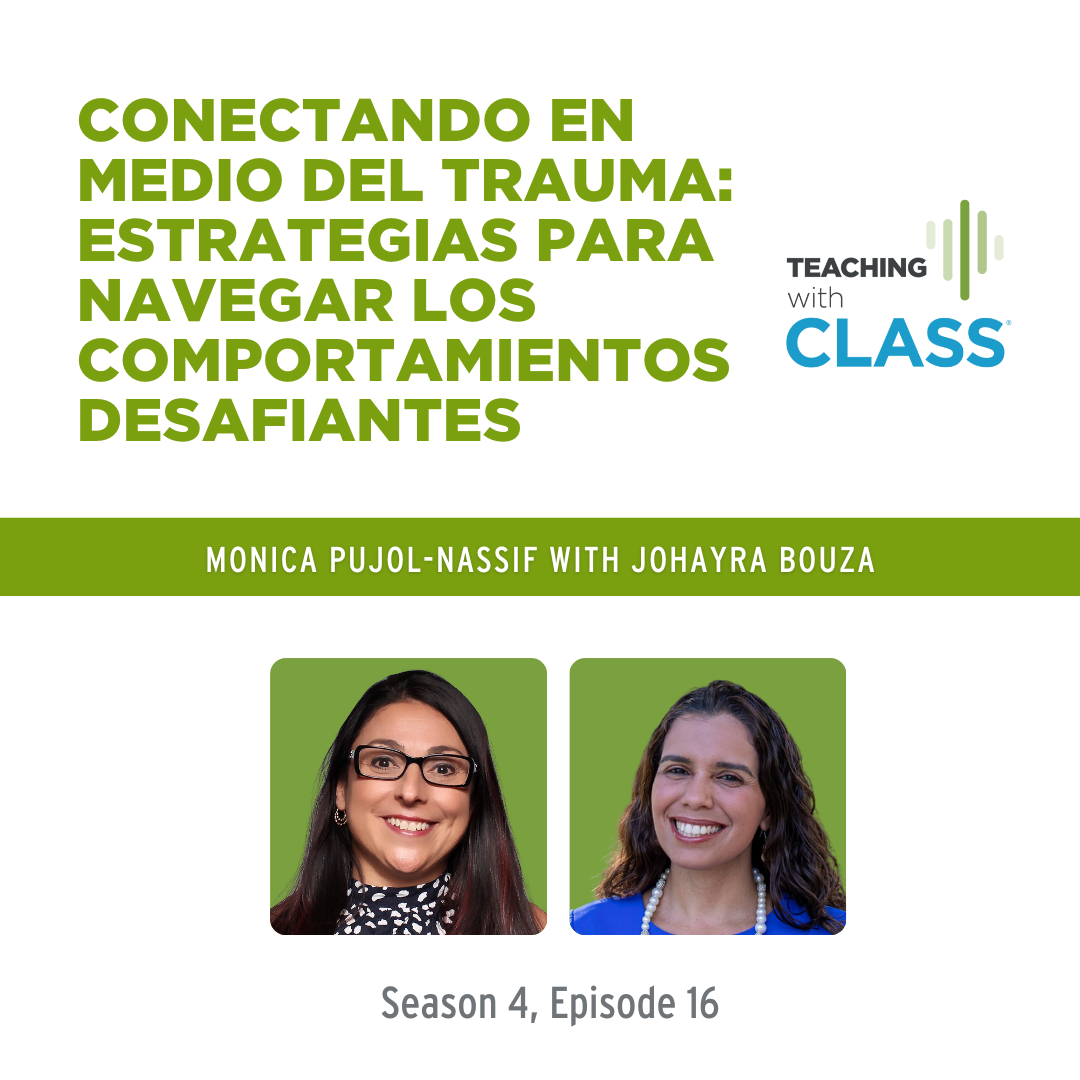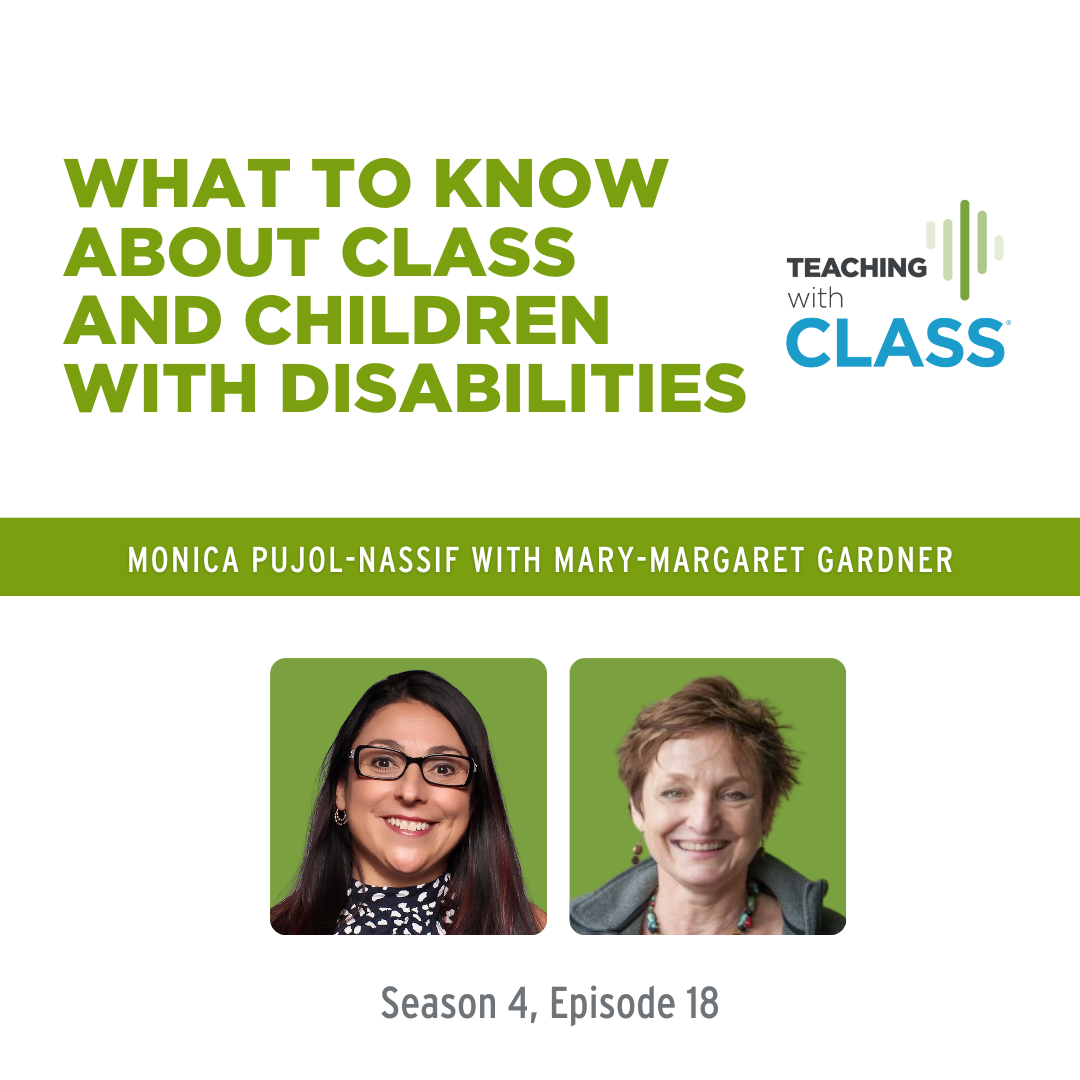Show Notes
What’s the best way to teach empathy to an infant, toddler, or preschool aged child?
Joanna Parker joins the podcast to answer that question. Joanna has spent her entire career in early care and education. She’s worked with Head Start, Early Head Start, child care, early intervention, public PreK, and home visitation programs at the local, community, state, and national levels.
Joanna explains that defining empathy in early childhood is all about understanding social-emotional development. Children will not display empathy the way adults do because they are still developing social-emotional skills. But educators can instill foundational skills for children to build upon as they mature.
Here are Joanna’s 3 strategies to foster empathy in the classroom:
- Positive climate: being in tune with children, respecting children’s emotions and needs, support friendship skills creating a sense of belonging and community
- Teacher sensitivity: being responsive to children, narrating what children are feeling (emotional literacy) and explicitly individualizing
- Regard: child focus and choice, providing opportunities for independence and autonomy promoting a sense of being capable and competent
Joanna also shares:
- Ways empathy begins to appear in those early childhood years
- Strategies to help toddlers build friendships
- Tips for educators to ensure that they are modeling acceptance and eliciting other perspectives throughout the day
This episode focuses on Responsive Caregiving, Behavioral Support, and Emotional Support.
Resources referenced in the episode:
- Boy calming brother
- Theory of the Mind with Alan Alda
- Yale Infant Cognition Center - Can Babies Tell Right From Wrong?
- Brené Brown on Empathy
- Watch Mamie’s 3-year-old daughter teach her sister how to meditate, a skill she learned at preschool.
Join the CLASS® Learning Community to continue the discussion with thousands of other educators.
Subscribe and share this episode on Twitter and Facebook!
Thanks for listening!





